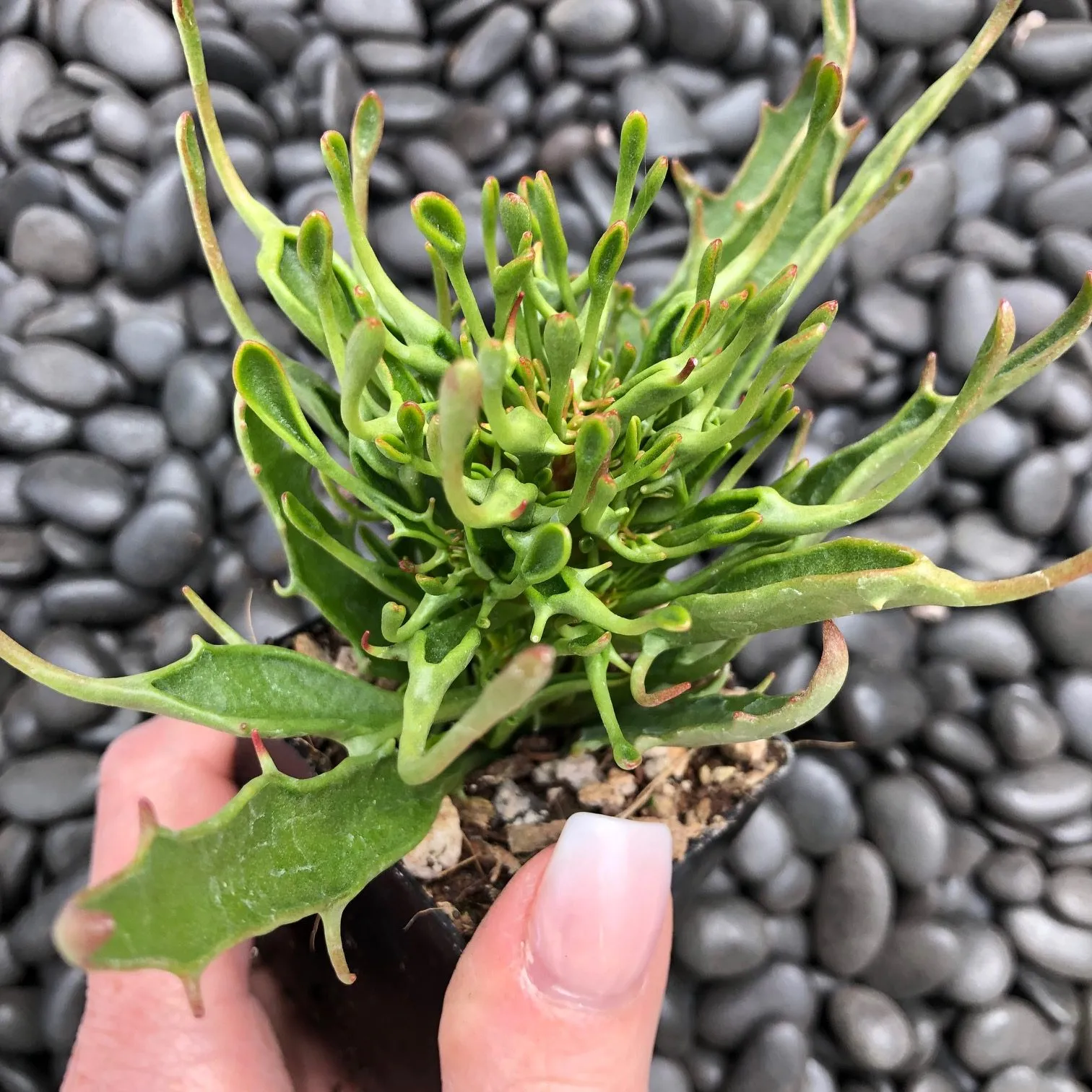Understanding the Kalanchoe Tarantula
The Kalanchoe ‘Tarantula’, a captivating succulent, has garnered significant attention among plant enthusiasts. Its unique appearance, characterized by intricately textured leaves and vibrant blooms, makes it a striking addition to any indoor garden. This comprehensive guide will delve into every aspect of caring for this fascinating plant, ensuring it thrives in your home. From understanding its origins to mastering the art of propagation, we’ll cover all the essential elements for successful Kalanchoe Tarantula cultivation. The beauty of this plant lies not only in its aesthetics but also in its relatively low-maintenance nature, making it a perfect choice for both novice and experienced plant parents. Proper care involves understanding its specific needs and providing an environment that mimics its natural habitat, ultimately leading to a healthy and flourishing Kalanchoe Tarantula.
Origins and Characteristics of the Kalanchoe Tarantula
The Kalanchoe Tarantula, a cultivar of the Kalanchoe family, is a testament to the diversity within the succulent world. Native to Madagascar, this plant has adapted to thrive in arid conditions, developing unique characteristics that make it both resilient and visually appealing. Its most distinguishing feature is the textured leaves, often described as having a ‘spider web’ appearance. These leaves are not only aesthetically pleasing but also serve a functional purpose, helping the plant conserve water in its native environment. The Kalanchoe Tarantula typically blooms during the cooler months, producing clusters of small, colorful flowers that add to its charm. Understanding these origins and characteristics provides a crucial foundation for providing the optimal care this plant needs to flourish. Knowing the plant’s background helps to replicate the natural environment it thrives in.
Identifying the Kalanchoe Tarantula Plant
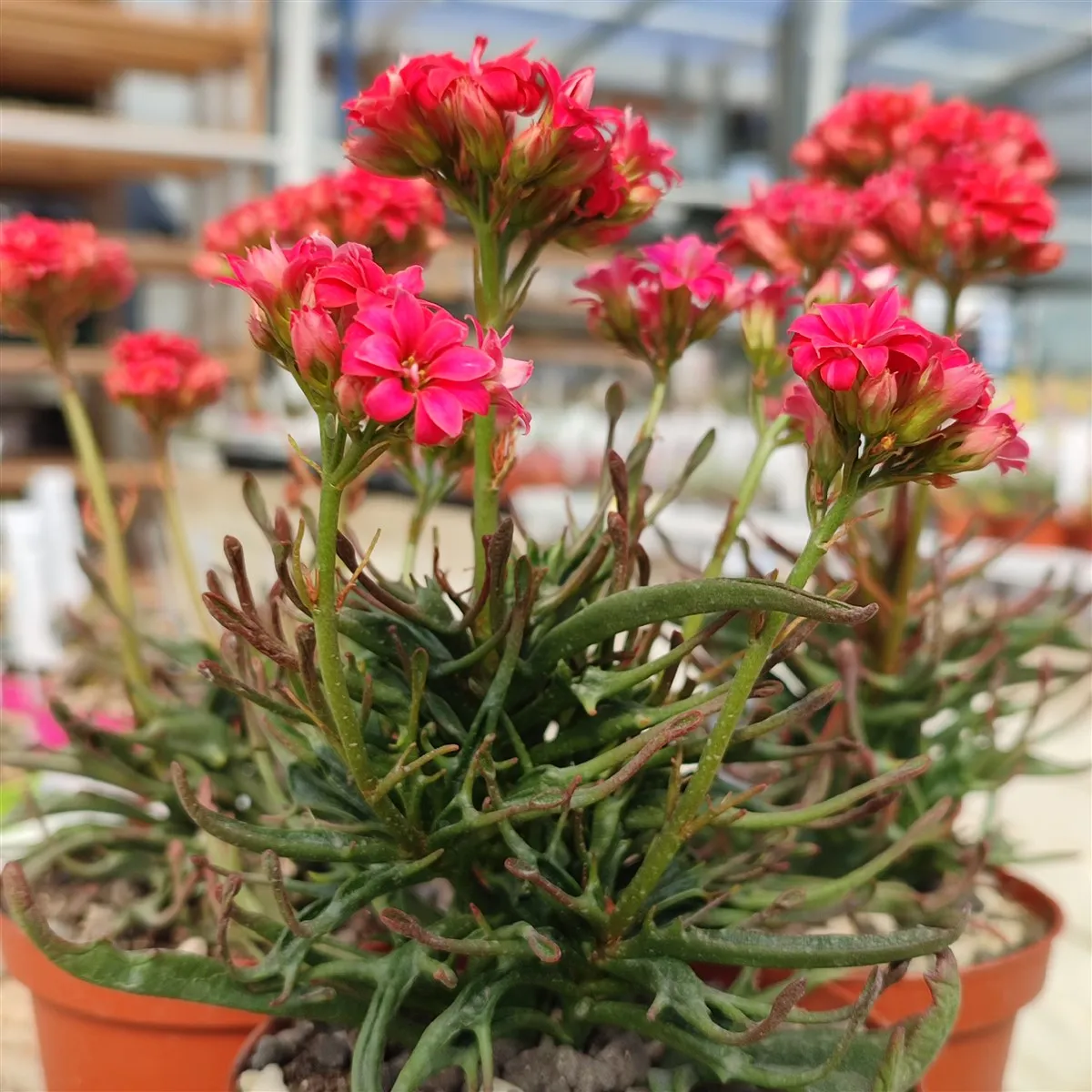
Identifying the Kalanchoe Tarantula is relatively straightforward, thanks to its distinctive features. The most prominent characteristic is its textured leaves, which are often a vibrant green color. The leaf edges may have a slightly ruffled appearance, adding to the ’tarantula’ resemblance. The plant has a compact growth habit, typically reaching a height of about 12 inches. When in bloom, the Kalanchoe Tarantula produces clusters of small, tubular flowers that can be various colors, including red, orange, yellow, and pink. The plant’s overall form is relatively symmetrical, with leaves arranged in a rosette pattern. When purchasing a Kalanchoe Tarantula, ensure the leaves are healthy and vibrant, with no signs of pests or diseases. Examine the plant for any signs of damage or discoloration. A healthy plant will have a strong, sturdy stem and leaves that are firm to the touch.
Optimal Lighting Conditions for Kalanchoe Tarantula
Light is arguably the most critical factor in the care of a Kalanchoe Tarantula. These plants thrive in bright, indirect light, which is essential for their growth and flowering. Insufficient light can lead to stunted growth, leggy stems, and a lack of blooms. Providing the right light balance can be challenging, but it’s a crucial aspect of caring for this stunning succulent. Understanding the plant’s light requirements and adjusting its position according to the season is key to ensuring its health and vitality. While it is a succulent, it still requires sufficient light to properly develop its iconic features and produce its colorful blooms.
Bright, Indirect Light for Flourishing Plants
The ideal light condition for a Kalanchoe Tarantula is bright, indirect light. This means the plant should be placed near a window where it receives plenty of sunlight, but not direct exposure. Direct sunlight can scorch the leaves, while insufficient light can lead to a host of problems. The best spot is often an east-facing window, where the plant receives gentle morning sun. Alternatively, a south-facing window with a sheer curtain can diffuse the light, protecting the plant from harsh rays. The goal is to provide enough light for the plant to photosynthesize effectively without causing any damage. Regularly observe the plant for signs of light stress, such as leaf discoloration or stunted growth. Bright, indirect light encourages the plant to develop strong leaves, vibrant colors, and, ultimately, beautiful blooms.
Avoiding Direct Sunlight
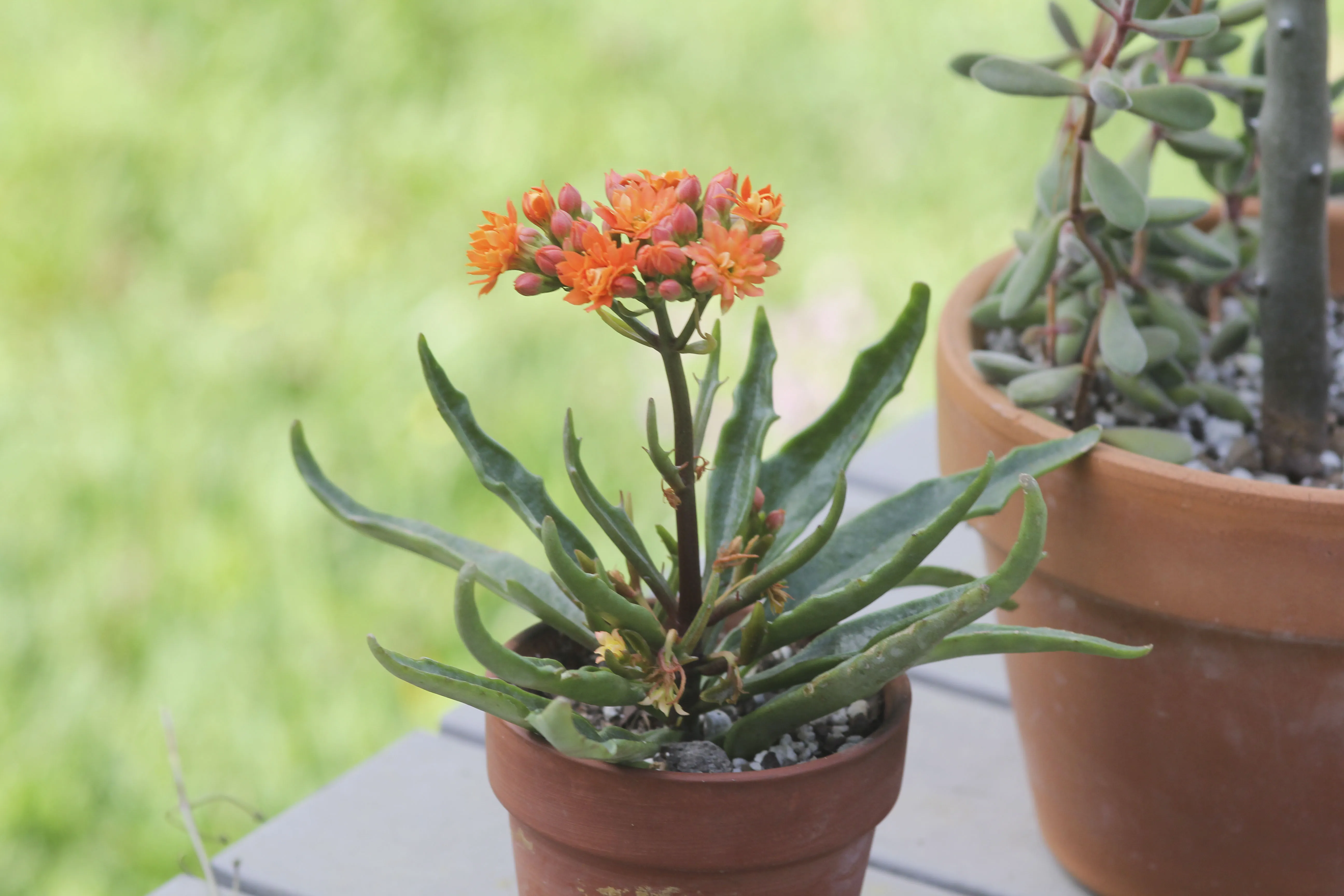
Direct sunlight can be detrimental to the Kalanchoe Tarantula. The intense heat can burn the leaves, leading to unsightly brown spots and potentially hindering the plant’s growth. In general, direct sunlight exposure should be avoided, particularly during the hottest parts of the day. If you notice the leaves turning yellow or brown, it is a clear indication that the plant is receiving too much direct light. It’s essential to find a spot where the plant receives bright, indirect sunlight. If you lack such a spot, consider using a sheer curtain or moving the plant further away from the window. In the winter months, when sunlight is less intense, the plant can tolerate more direct light. However, it’s always best to monitor the plant and adjust its position as needed.
Watering Your Kalanchoe Tarantula
Watering is another crucial aspect of Kalanchoe Tarantula care. As a succulent, it is adapted to arid conditions and is susceptible to overwatering. The key is to strike the right balance, providing enough water for healthy growth without causing root rot. The watering needs of the Kalanchoe Tarantula can vary depending on the environment, including humidity, temperature, and light exposure. A proper watering schedule will prevent common issues such as yellowing leaves and stunted growth. Adjusting your watering habits according to the plant’s needs and the season is the key to a thriving Kalanchoe Tarantula. Observe the plant’s signals, like leaf texture, to guide your watering practices.
The Right Watering Schedule
The best approach to watering a Kalanchoe Tarantula is to allow the soil to dry out completely between waterings. This typically means watering every 2-3 weeks, but this may vary. Before watering, check the soil by inserting your finger into the top inch. If it feels dry, it’s time to water. When you do water, soak the soil thoroughly until water drains from the bottom of the pot. Ensure that the pot has drainage holes to prevent water from accumulating and causing root rot. During the winter months, reduce the frequency of watering, as the plant’s growth slows down. Adjust your watering schedule based on environmental conditions, as hotter and brighter conditions will require more frequent watering than cooler and dimmer conditions. Always check the soil before watering to avoid overwatering, which is one of the most common mistakes in caring for succulents.
Avoiding Overwatering
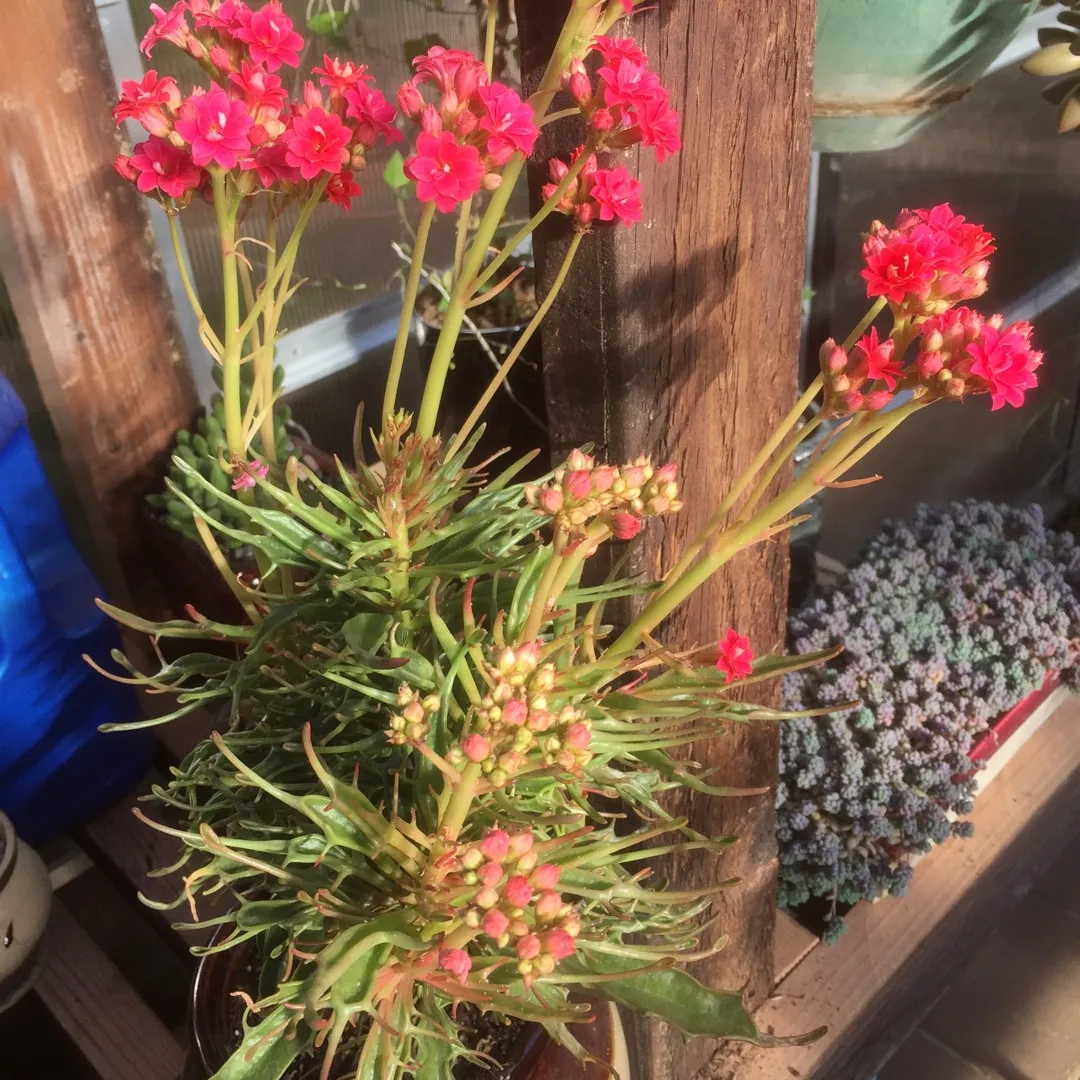
Overwatering is the most common cause of problems in Kalanchoe Tarantulas. It leads to root rot, which can quickly kill the plant. To avoid overwatering, ensure the pot has proper drainage. Never let the plant sit in standing water. Signs of overwatering include yellowing leaves, soft stems, and a mushy feel to the soil. If you suspect you’ve overwatered your plant, stop watering immediately and allow the soil to dry out. You may need to repot the plant in fresh, well-draining soil to prevent further damage. Preventative measures, such as using well-draining soil and allowing the soil to dry out completely between waterings, are key. Always err on the side of underwatering rather than overwatering, as succulents are better equipped to handle drought conditions than excessive moisture.
Soil and Potting for Kalanchoe Tarantula
The soil and pot you choose play a significant role in the health and vitality of your Kalanchoe Tarantula. The right potting mix ensures proper drainage, aeration, and nutrient availability. It’s essential to understand the requirements of these plants, from the correct soil composition to the appropriate pot size, to provide them with an environment where they can thrive. The right soil mix and potting practices are the foundation for long-term plant health. Selecting the appropriate pot size is also important for encouraging healthy root growth and preventing problems like root rot. The choice of potting mix is key to providing the drainage that these plants need to thrive.
Choosing the Right Pot and Soil Mix
When selecting a pot for your Kalanchoe Tarantula, choose a pot with drainage holes. This is absolutely crucial for preventing water from accumulating and causing root rot. Unglazed terracotta pots are ideal because they allow the soil to dry out more quickly, minimizing the risk of overwatering. The soil mix should be a well-draining blend. A mix specifically formulated for succulents and cacti is best. Alternatively, you can create your own mix using equal parts of potting soil, coarse sand, and perlite. The sand and perlite improve drainage and aeration, preventing the soil from becoming waterlogged. Always ensure that the pot is large enough to accommodate the plant’s root system and has adequate drainage.
Repotting Your Kalanchoe Tarantula
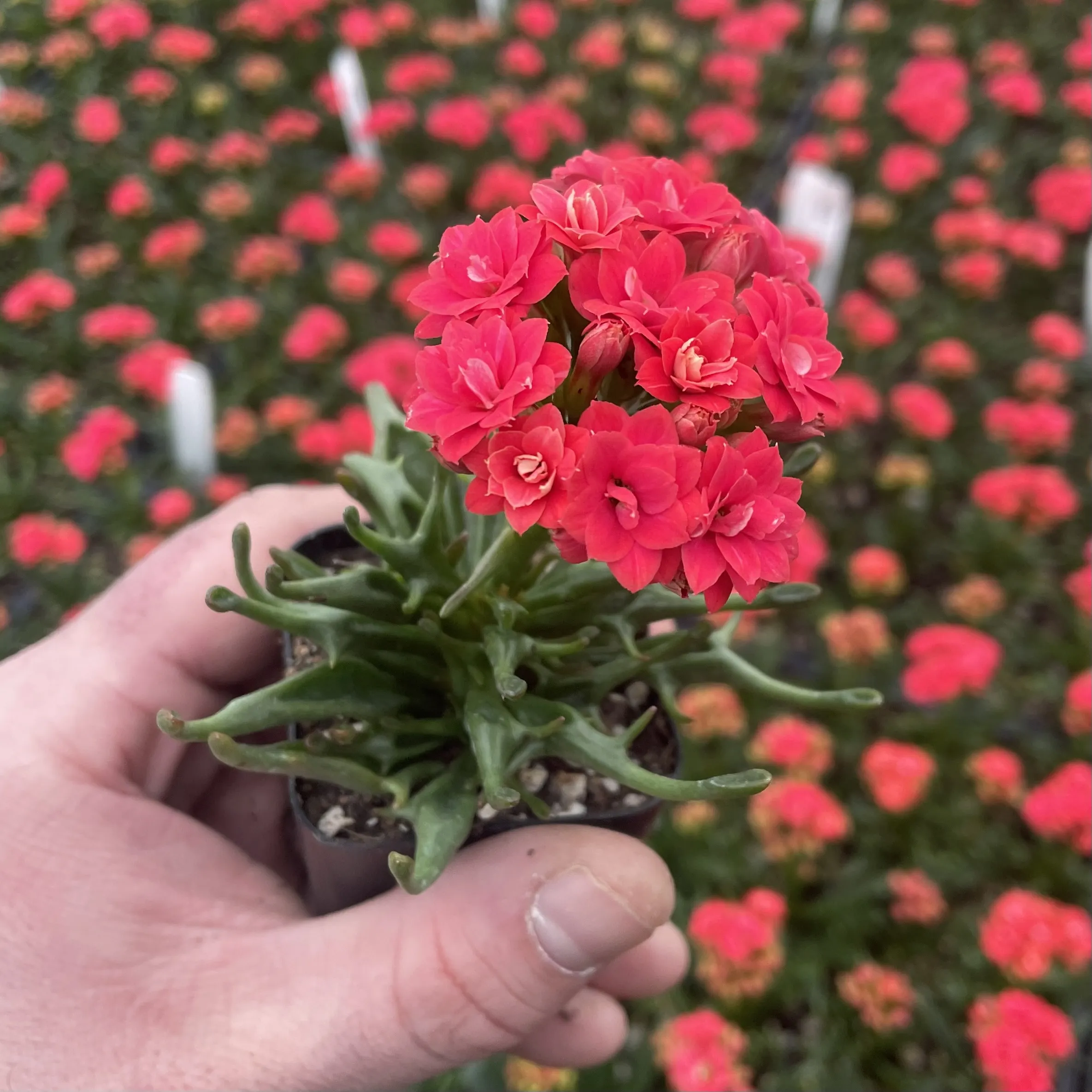
Repotting is necessary when your Kalanchoe Tarantula outgrows its current pot or when the soil becomes compacted and loses its drainage properties. The best time to repot is in the spring, during the plant’s active growing season. Gently remove the plant from its current pot, being careful not to damage the roots. Loosen any tightly bound roots and trim any that are dead or damaged. Place a layer of fresh soil mix in the new pot and position the plant so that the top of the root ball is level with the rim of the pot. Fill the remaining space with soil, gently firming it around the roots. Water the plant thoroughly after repotting. Ensure the new pot is only slightly larger than the previous one to avoid problems with excess soil and moisture. Be gentle, and provide the plant with proper care after repotting to ensure a smooth transition.
Temperature and Humidity Needs
Kalanchoe Tarantulas are relatively adaptable plants that prefer moderate temperatures and low humidity. Understanding these environmental preferences will help you create an ideal growing environment, ensuring your plant remains healthy and vibrant. The ideal environment mimics the plant’s natural habitat, allowing it to thrive and display its unique characteristics. By maintaining the correct conditions, you will encourage better growth and potentially enhance the chance of flowering. Paying attention to both temperature and humidity is crucial for optimal growth and care.
Ideal Temperature Range
The ideal temperature range for a Kalanchoe Tarantula is between 60°F and 75°F (15°C and 24°C). These plants prefer moderate temperatures and are not tolerant of extreme heat or cold. Avoid placing your plant near drafty windows or heat sources, as temperature fluctuations can stress the plant. During the winter months, ensure the plant is protected from freezing temperatures, as this can damage the leaves. If you live in a climate with extreme temperatures, you may need to adjust the plant’s position or provide supplemental heating or cooling to maintain the optimal temperature range. Keeping the plant in a consistently moderate temperature environment is key to its health.
Humidity Considerations
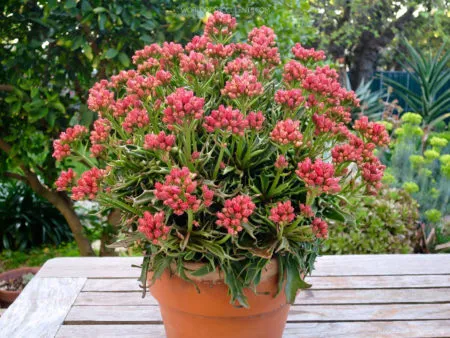
Kalanchoe Tarantulas prefer low to moderate humidity levels. They are native to arid environments and are not well-suited to high humidity. High humidity can lead to fungal diseases and root rot. In most homes, the humidity level is naturally suitable for these plants. However, if you live in a very humid climate, ensure the plant has good air circulation to prevent problems. Avoid placing the plant in a bathroom or other areas with high humidity. While the plant doesn’t require high humidity, it’s important to avoid overly dry conditions. You may need to occasionally mist the plant or use a humidifier to keep the humidity at the right level. Monitoring humidity levels and making adjustments can greatly impact the plant’s health.
Fertilizing Your Kalanchoe Tarantula
Fertilizing your Kalanchoe Tarantula provides essential nutrients to support its growth and flowering. While these plants are not heavy feeders, they benefit from regular fertilization, especially during their growing season. Providing the right nutrients at the right time can encourage vibrant blooms and overall plant health. Proper fertilization can significantly improve the plant’s appearance and longevity. Understanding how to fertilize the plant is key to achieving optimal results, and understanding its specific needs is essential for its care.
Best Fertilizers and Feeding Schedules
During the growing season (spring and summer), fertilize your Kalanchoe Tarantula every 2-4 weeks with a balanced liquid fertilizer diluted to half strength. Look for a fertilizer formulated for succulents or cacti, as these are designed to provide the right balance of nutrients. Avoid over-fertilizing, as this can lead to salt buildup in the soil and potentially damage the plant. Reduce or stop fertilizing during the fall and winter months when the plant’s growth slows down. Always follow the instructions on the fertilizer packaging, and consider flushing the soil with water occasionally to remove any accumulated salts. Proper fertilization, combined with a good watering schedule and appropriate lighting, is essential for the long-term health of your plant.
Common Pests and Diseases
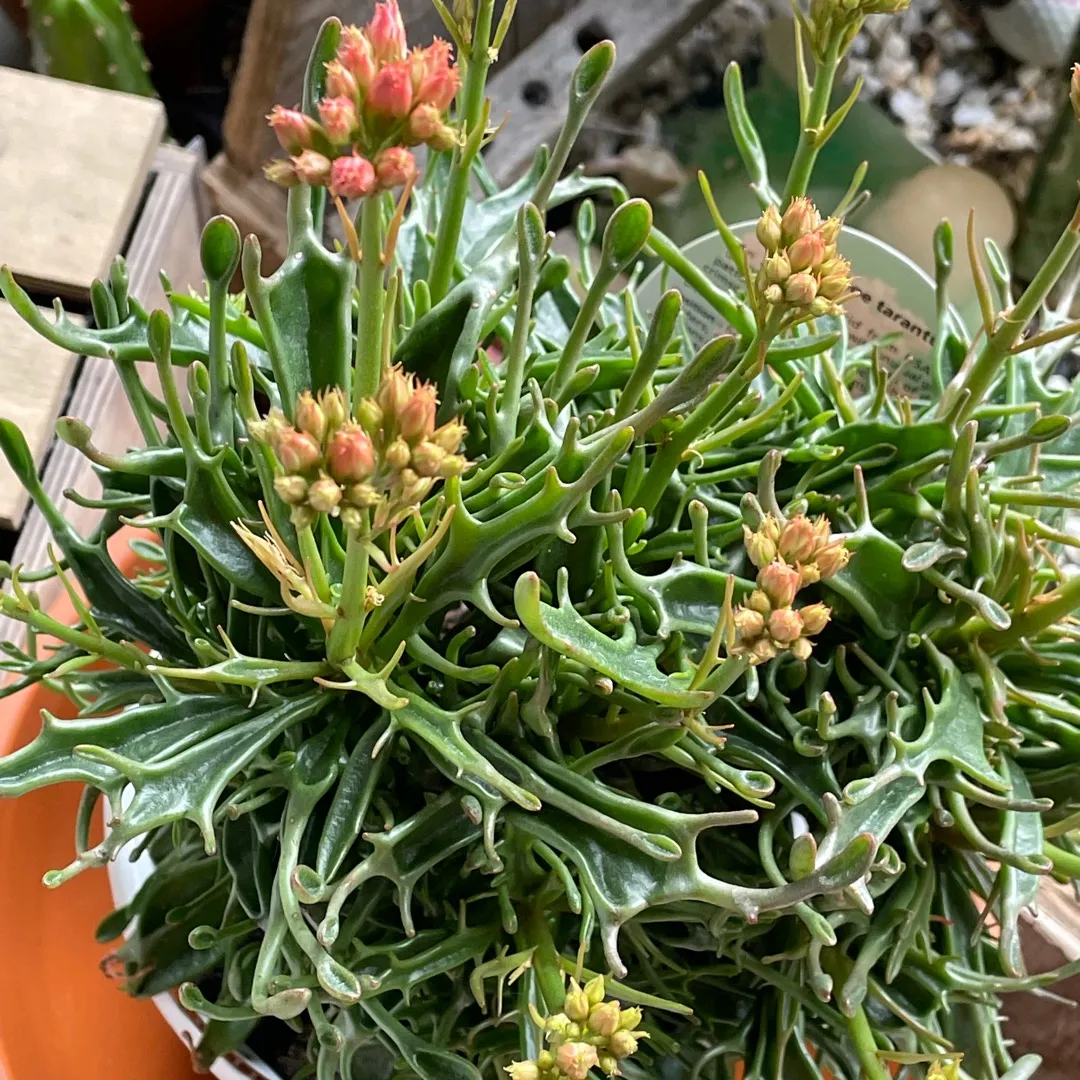
Like all plants, Kalanchoe Tarantulas can be susceptible to pests and diseases. Early detection and prompt treatment are crucial for preventing these problems from spreading and causing significant damage. Regular inspection and the adoption of preventative measures are key to keeping your plant healthy and pest-free. Familiarizing yourself with common issues and understanding how to address them will ensure you can protect your Kalanchoe Tarantula. By knowing the common threats, you can implement effective strategies to protect your plant from harm.
Dealing with Mealybugs and Other Pests
Mealybugs are one of the most common pests that affect Kalanchoe Tarantulas. These small, white, cottony insects feed on the plant’s sap, causing damage to the leaves and stems. Inspect your plant regularly for any signs of infestation, such as white, fluffy masses in the leaf crevices or on the underside of the leaves. If you find mealybugs, isolate the plant immediately to prevent the spread to other plants. You can remove them manually using a cotton swab dipped in rubbing alcohol. For more severe infestations, you may need to use an insecticidal soap or neem oil. Other potential pests include spider mites and aphids. Regular inspection, along with prompt action, is key to controlling pests and protecting your plant. Maintaining good plant hygiene is also key to preventing infestations.
Preventing and Treating Diseases
Diseases in Kalanchoe Tarantulas are often related to overwatering or poor air circulation. Root rot is a common fungal disease that can be fatal. If you suspect root rot, check the roots for signs of mushiness or decay. You may need to repot the plant in fresh soil, removing any affected roots. Leaf spot is another potential disease, which can be caused by fungal or bacterial infections. Ensure proper air circulation around your plant and avoid wetting the leaves when watering. If you notice any signs of disease, such as discolored leaves or unusual spots, isolate the plant and treat it promptly. Use a fungicide or bactericide as needed, following the product’s instructions. Proper care and diligent monitoring will help you prevent and manage any diseases that may affect your plant.
Propagating Kalanchoe Tarantula
Propagating your Kalanchoe Tarantula is a rewarding way to expand your collection and share these beautiful plants with others. Kalanchoe Tarantulas can be easily propagated from stem cuttings, allowing you to create new plants from an existing one. Propagating succulents is not difficult, and understanding the simple steps involved will ensure that you can successfully multiply your plants. From selecting the right cuttings to providing the proper care for your new plants, we will provide a detailed explanation of the propagation process. The joy of growing your own plants adds another layer of satisfaction to the plant care experience.
Methods of Propagation
The most common method for propagating Kalanchoe Tarantula is through stem cuttings. To propagate, use a clean, sharp knife or scissors to cut a stem just below a leaf node. Allow the cutting to callus over for a few days in a dry, well-ventilated place. This helps to prevent rot. Once the cut end has callused, plant the cutting in well-draining soil, such as a succulent and cacti mix. Water lightly and place the pot in bright, indirect light. In a few weeks, the cutting should begin to develop roots. You can also propagate Kalanchoe Tarantula from leaf cuttings, although this method is less reliable. Take a leaf and allow it to callous, then place the leaf on top of well-draining soil. Water sparingly, and new roots will emerge from the base of the leaf. Be patient, as propagation can take some time.
Caring for Your Propagated Plants
Once your Kalanchoe Tarantula cuttings have rooted, provide them with the same care as your established plants. Place the new plants in bright, indirect light and water them when the soil is dry. Fertilize them sparingly during the growing season. As the plants grow, they can be repotted into larger pots. The newly propagated plants will need careful monitoring during their early stages. Avoid overwatering and providing excessive light. With proper care, your new Kalanchoe Tarantula plants will grow into healthy, thriving specimens, just like their parent plant. Proper care in the beginning will ensure the long-term health and beauty of your propagated plants.
